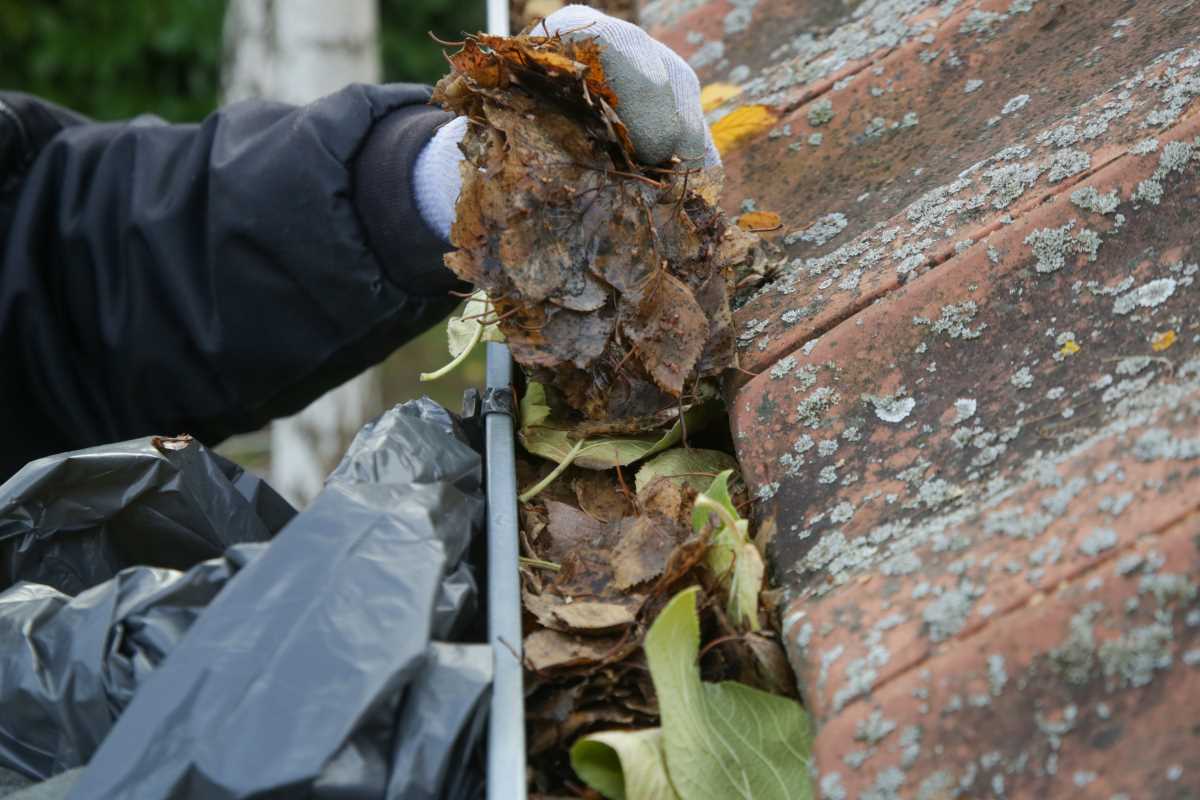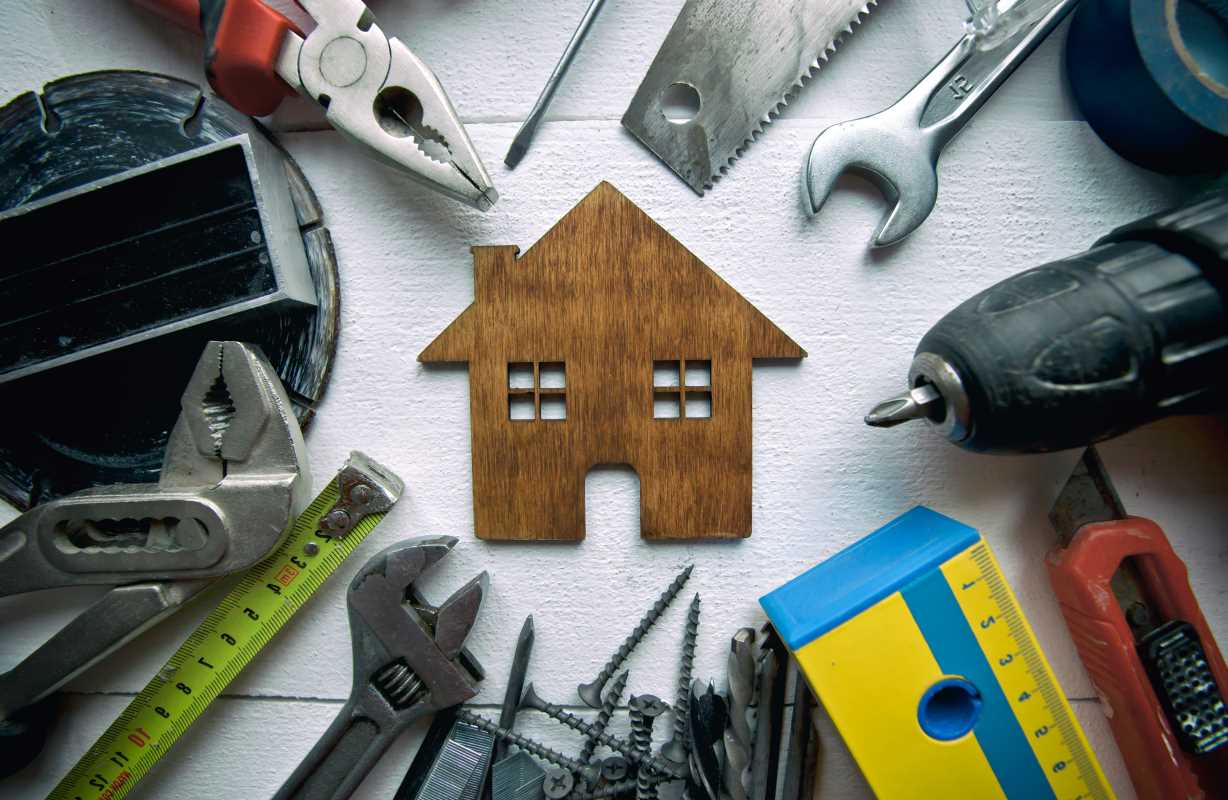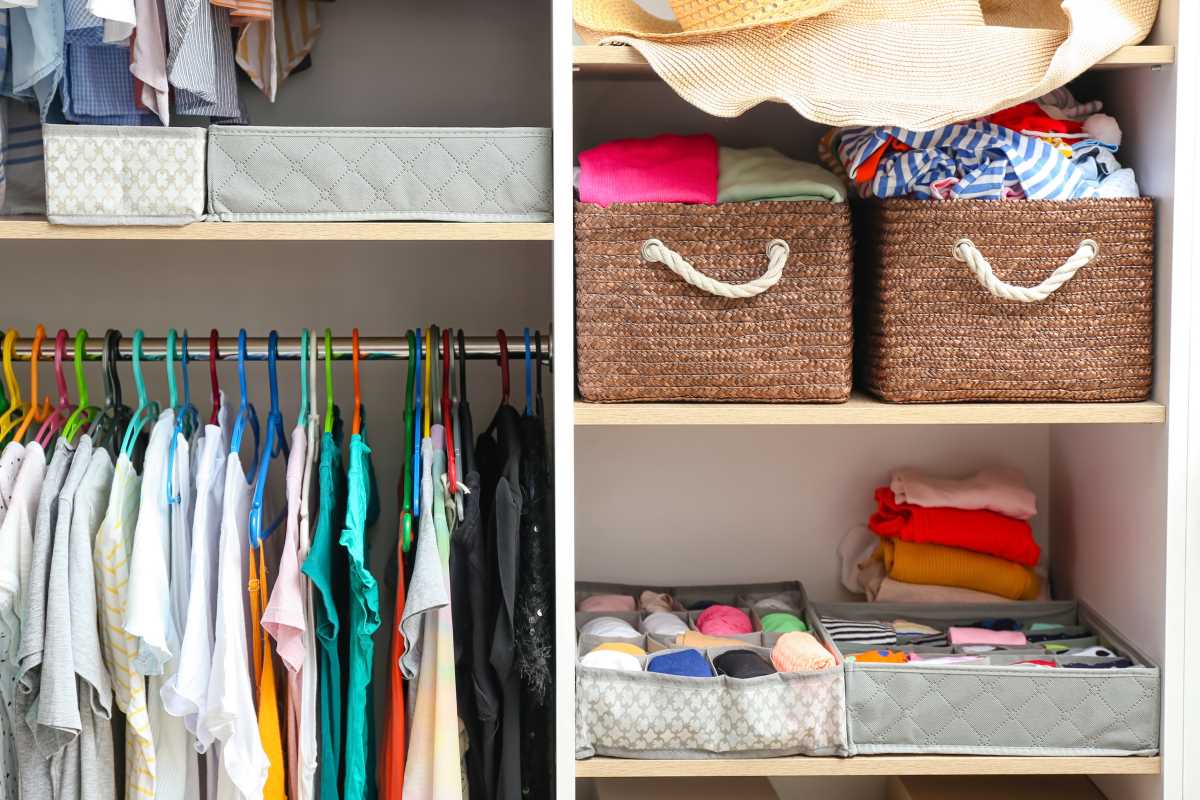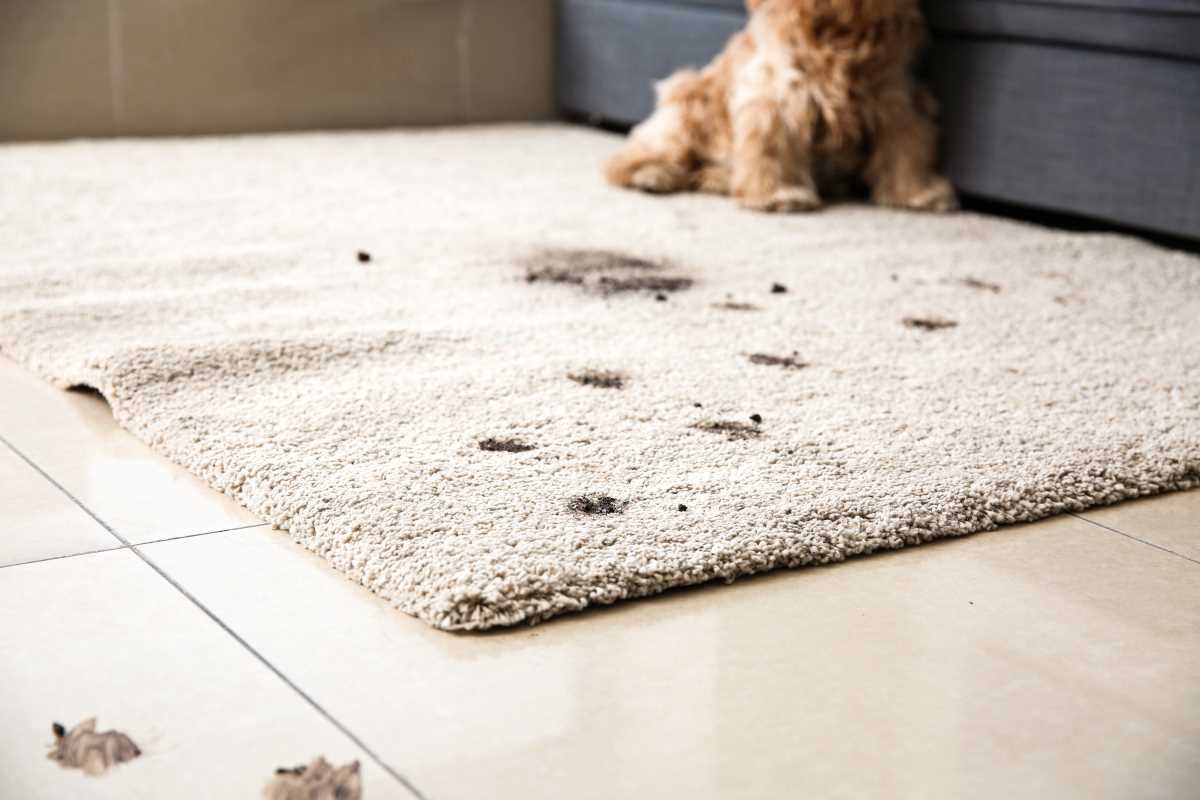Dealing with a clogged drain can disrupt your day and add unnecessary stress, especially when you're already juggling family life, work, or other responsibilities. But the good news? You don’t need to rely on harsh chemical drain cleaners that may damage pipes or pose risks to your loved ones. There are plenty of natural and effective ways to unclog a drain. Not only are these methods better for the environment, but they also keep harsh chemicals out of your home.
Below, we’ll take you step by step through natural, easy-to-follow solutions to unclog your drains. Plus, we’ll cover common causes of clogged drains, share tips to prevent future blockages, and discuss when it might be time to call in a professional.
Why Choose Natural Methods?
Before we jump into the solutions, let’s talk about why natural methods are often the better choice when fixing a clogged drain.
- Safety for Children and Pets: Chemical drain openers contain harmful ingredients like sodium hydroxide or sulfuric acid. Even small amounts can irritate the skin, eyes, or respiratory system. Natural solutions eliminate these risks and provide peace of mind for families.
- Environmentally Friendly: Everything that goes down your drain eventually flows out to the local water system. By using natural methods, you reduce pollution and help keep waterways clean.
- Cost-Effective: Most natural remedies, like baking soda and vinegar, are inexpensive staples you likely already have in your kitchen. No special trips or costly products are needed!
With these reasons in mind, let's get to work on unclogging your drain.
Common Causes of Clogged Drains
Clogs don't happen out of nowhere. Understanding what causes them can help you avoid facing clogged drains in the first place. Here are the most common culprits:
- Hair: One of the biggest offenders, especially in shower and bathroom sink drains. Stray hair accumulates over time and mixes with soap, creating stubborn tangles.
- Grease and Oils: Kitchen sink blockages often result from cooking grease, oils, or fatty residues sticking to pipe walls and solidifying.
- Soap Scum: Soap, particularly bar soap, can combine with minerals in the water to create a sticky residue that narrows pipes over time.
- Food Waste: Even with a garbage disposal, food particles like coffee grounds, potato peels, and other scraps can buildup and block the drain.
- Small Objects: Jewelry, toothbrushes, toys, or other small items accidentally dropped down the drain can become trapped.
- Tree Roots: Outdoors, tree roots can grow into underground pipes, causing clogs and serious damage.
Knowing the cause of the clog can help you decide the best course of action for fixing it.
Step 1. Start With Hot Water
Sometimes the simplest method is the most effective. Hot water can help dissolve minor clogs, especially those caused by grease or soap scum buildup.
Instructions:
- Bring a full kettle or pot of water to a rolling boil.
- Slowly pour the hot water down the drain in stages. This slow, methodical approach ensures that the heat has time to work on the blockage.
- Wait a few seconds between pours to allow the hot water to break up the clog.
Why It Works:
Hot water melts fats and grease that may be lining the pipe walls. If the clog is mild, this method is often enough to flush it out.
Tip:
To make this more effective, you can add a bit of dish soap to the drain before pouring the hot water. The soap acts as a lubricant and helps wash away grease.
If this doesn’t work, don’t give up! Move on to the next step.
Step 2. Try the Baking Soda and Vinegar Method
This classic, science-fair combination really works wonders on clogs. The chemical reaction between baking soda (a base) and vinegar (an acid) produces bubbles that can help loosen blockages.
Instructions:
- Pour about 1/2 cup of baking soda directly into the drain.
- Follow immediately with 1 cup of white vinegar. The mixture will fizz and bubble—that's the reaction doing its job!
- Cover the drain with a plug or a cloth to keep the reaction contained and directed downward.
- After 10-15 minutes, pour a kettle of boiling water down the drain to flush everything out.
Why It Works:
The effervescence generated by the chemical reaction helps loosen debris, soap scum, and grease buildup within the pipes.
Pro Tip:
For added clearing power, try mixing salt with the baking soda before adding it to the drain. The gritty texture of the salt helps scrub the inside of the pipes.
Step 3. Make Friends With a Plunger
Plungers aren’t just for toilets! They work just as well on sink and tub drains.
Instructions:
- First, run a little water into the clogged sink or tub until the bottom of the plunger is submerged.
- Place the plunger firmly over the drain to create an airtight seal.
- Push and pull quickly in repetitive motions. The suction force created should dislodge the clog.
- Remove the plunger and check the drain. Repeat as necessary until it’s clear.
Tip:
If you’re clearing a double sink in the kitchen, seal off the other drain with a wet cloth to maintain proper suction.
Step 4. Use Salt and Hot Water
If your clog is mostly caused by grease or food particles, coarse table salt or sea salt can act as a natural abrasive. Combined with hot water, this method is simple and powerful.
Instructions:
- Pour about 1/2 cup of table salt (or coarse salt) directly down the drain.
- Slowly add boiling water and allow it to sit for 10-15 minutes.
- Follow up with a final flush of hot water to clear the loosened debris.
Why It Works:
Salt provides a scrubbing action that can help dislodge stubborn grease sticking to the pipe walls.
Step 5. Remove the Blockage Manually
Sometimes, the best way to clear a clog is with good old-fashioned elbow grease. This method is especially helpful for clogs caused by hair or visible debris.
Instructions:
- Straighten a wire hanger or use a plumbing snake if you have one.
- Insert the tool into the drain and carefully fish out any blockages.
- Be gentle to avoid scratching or damaging the pipes. Wear gloves to keep things sanitary.
- Rinse thoroughly with hot water afterward.
Tip:
Drain covers can prevent this problem from happening in the first place by catching hair and other debris.
Step 6. Prevent Future Clogs
Prevention is key when it comes to keeping your drains clear and functional. Incorporate these tips into your routine to avoid clogs altogether.
- Install Drain Covers: Use screens or covers on your sinks and tubs to catch hair, food scraps, and other debris.
- Flush Drains Regularly: Once a week, pour boiling water or a mix of baking soda and vinegar into your drains to keep them clean.
- Dispose of Grease Properly: Never pour cooking grease or oil down the drain. Instead, store it in a container and throw it away once cooled.
- Be Mindful of What Goes Down the Drain: Avoid washing coffee grounds, eggshells, or fibrous food items (like celery) down the garbage disposal.
When to Call a Professional
If you’ve tried multiple methods and the clog persists, it may be time to get expert help. Here are signs you should call a professional plumber:
- Stubborn Clogs: If the blockage resists all your DIY efforts, a plumber can use advanced tools like hydro-jetting or an industrial drain snake to resolve the issue.
- Frequent Clogs: Recurring issues might indicate a deeper problem, such as a broken pipe, tree root intrusion, or improperly installed plumbing.
- Water Backups: Any water backing up into sinks, tubs, or toilets is often a sign of a major clog or issue with your sewer line.
- Foul Odors: Persistent bad smells coming from your drain could indicate a buildup of organic material or even a sewage problem.
While calling a plumber may feel like a last resort, it’s often quicker and more effective than struggling with severe blockages on your own.
With these natural solutions, clog prevention tips, and troubleshooting advice, you’ll have everything you need to keep your drains clear and flowing smoothly. Best of all, you’ll protect your family, pipes, and the planet in the process. Now roll up your sleeves and give it a try!
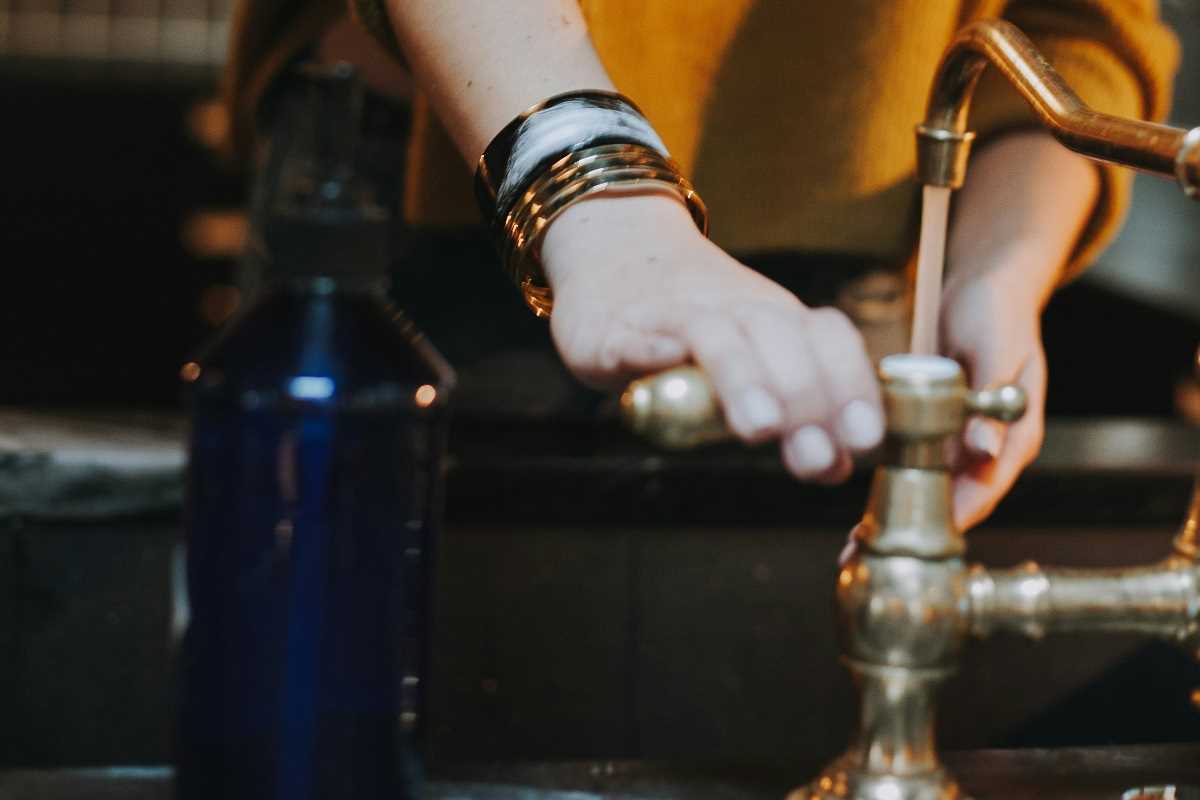 (Image via
(Image via